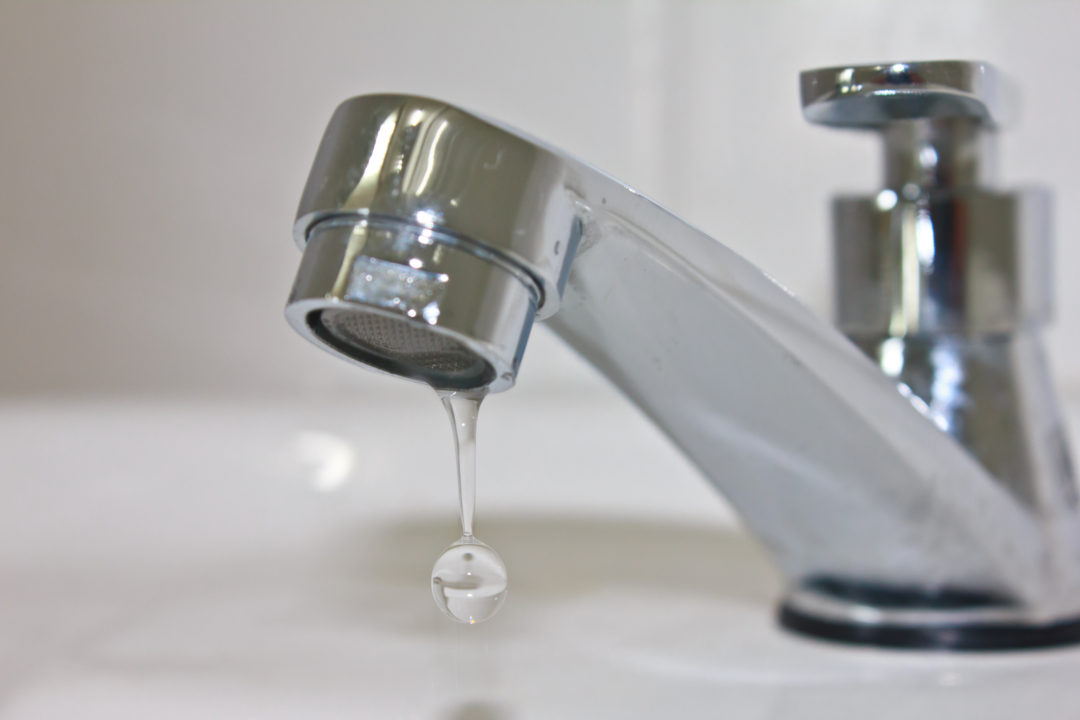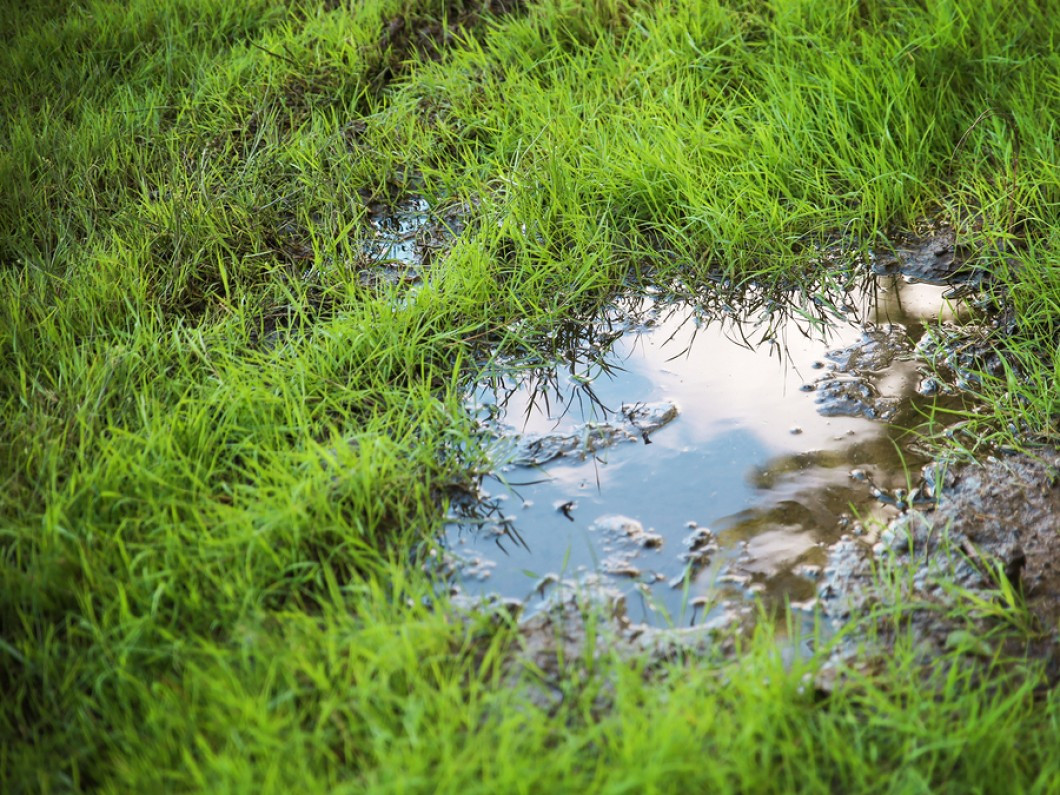
Gautengers are being urged to conserve water and one of the first things we can do is to make sure that there are no leaks on our properties.
Monitor your water bill for unusually high use, which can indicate a leak.
But don’t wait for your next account. Check your water metre ~ usually it’s near the entrance to your property. The metre has a rolling counter (row of numbers) to indicate the amount of water used. Ask everybody in the house not to use any water at all for at least an hour. After half an hour write down the numbers on the counter and check them after another hour has lapsed. If there is a difference between the two readings you probably have a leak.
A leaking or dripping tap can waste between 30 and 60 litres of water a day. That is approximately 1 500 litres a month. Fixing leaking or dripping taps can be simple, if you just need to replace a washer. Look on YouTube if you don’t know how to do that. Don’t forget to close the water mains before attempting to fix a leak.
A leaky toilet can waste between 130 and 750 litres of water a day, depending on the cause of the leak ~ 22 500 litres of clean, potable water a month. You can check for leaks in the toilet cistern by dropping a small amount of food colouring or instant coffee into the water in the cistern. If there is a leak, the water in the toilet bowl will show signs of the food colouring or coffee. Similarly, water trickling down the sides of the toilet bowl and sounds of water coming from a toilet that is not in use may indicate a leaking toilet. These types of leaks are usually indicative of faulty or degraded washers or seals. Once again YouTube to the rescue for DIY repairs!

A damaged or leaking garden hose pipe can waste up to 140 litres of water a week, depending on the size of the leak and the scale of damage.
An irrigation system with a serious leak can waste approximately 24 000 litres of water a month.
Rand Water has a Water Wise website where you will find really useful advice.
